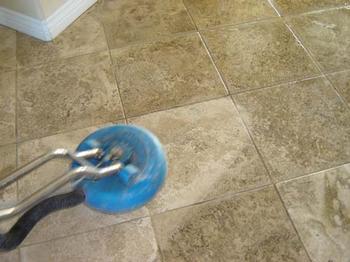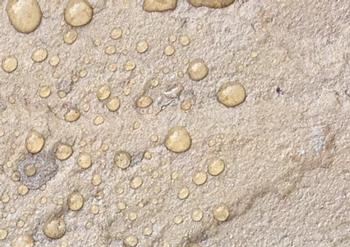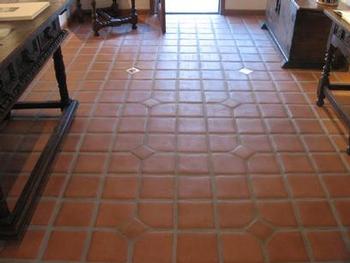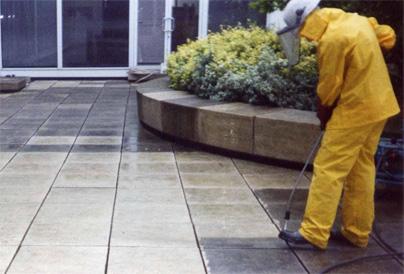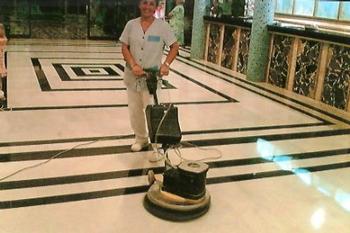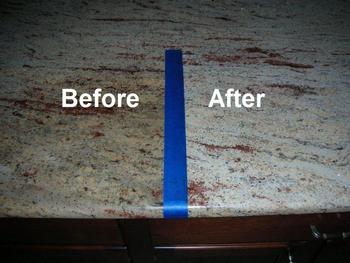Why Do I Need To Seal and Protect My Stone?
If your stone is made from natural stone or man made stone we recommend sealing with a high quality sealer regularly for it to look its best. Your stone is exposed to all the elements all year round. It has to deal with harmful UV rays, as well as frost, snow and rain. No wonder it needs protecting. Left unsealed it would be prone to moss, mildew, decay and staining. Therefore to combat this it is recommended that you seal your stone.
